(Motto for the People First Project by CEDC)
Michigan Avenue needs a facelift and Joe and I are helping make that happen. Michigan Avenue is a street that runs through Corktown, the most historical district of Detroit, splitting it in half. The nine-lane highway takes what could have (and would have otherwise) become a pedestrian and cyclist’s destination and turned it into a auto-centered drive-by, where the highway is the center of attention.
Historically, this makes sense. Because Detroit was the auto-capital of the US, roads formed the center of everything, whether they be cities or simple residential neighborhoods. Thus, when Corktown was being developed, a whopping nine-lane highway was inserted in the middle, cutting the district in half. Today, Corktown is divided by a few different major highways into residential and industrial sectors (these divisions are informal and not properly delineated).
At the Corktown Economic Development Corporation (CEDC), Joe and I are working on a Place Plan of Corktown as our main project and focus area. The goal of our Place Plan is to delineate various sectors (or general areas) of the Corktown region based on different features, such as economic development, residential life, socioeconomic status, level of education, etc. In the end, these factors will all play a role in the redevelopment of this specific area of the city. By gathering information and preferences from Corktown residents, we will be able to assign various parameters (associated with each description) values. All of these will factor into the final calculation of a Place Plan that accounts for al (or at least most) of the residents’ preferences. Currently, the CEDC is partnered up with the city of Detroit and Human Scale Studios to develop the Place Plan that we are submitting.
How will this impact the city? Not only will Detroit have a redeveloped area that can help in economic revitalization for the city as a whole, but also Corktown can become a prime destination for locals and tourists alike. Brimming with prime real estate (due to proximity to downtown and historical value), a refurbished Corktown is bound to attract investment and other opportunities.
Currently, Corktown serves as more of a connector between downtown and other areas of Detroit. However, once a new Place Plan is developed, the idea of another Corktown can come to fruition. Our Place Plan will serve as the vision, and the city of Detroit will make it a reality.
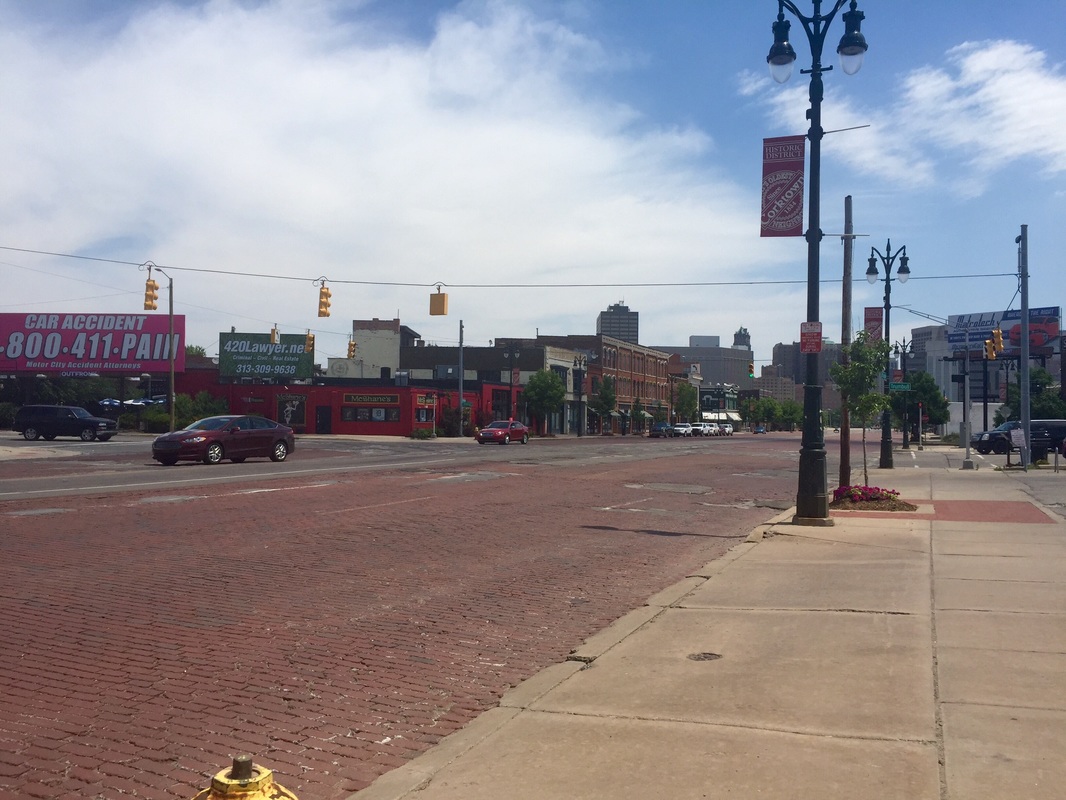
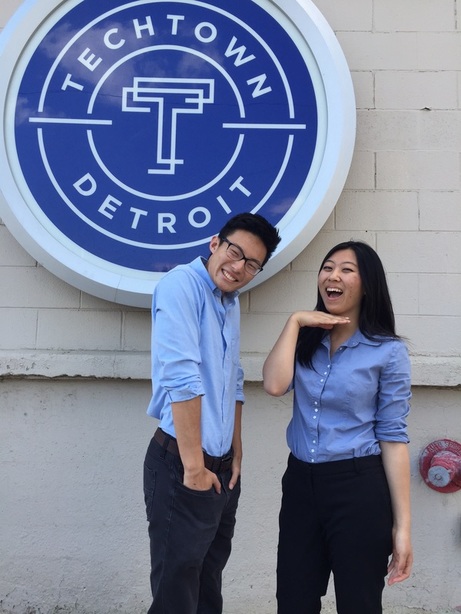
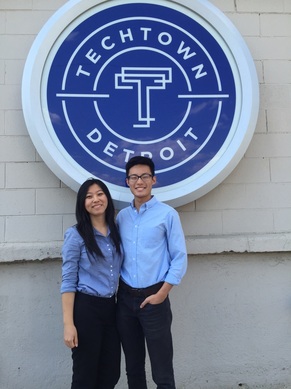
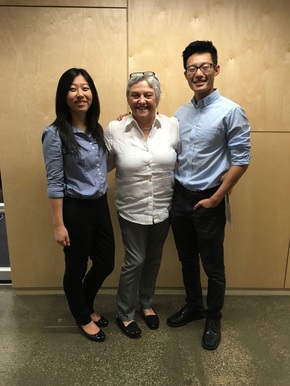
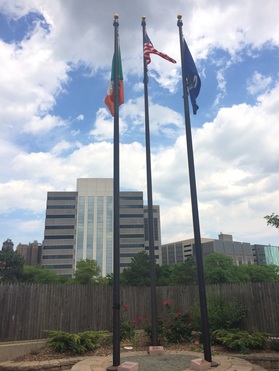
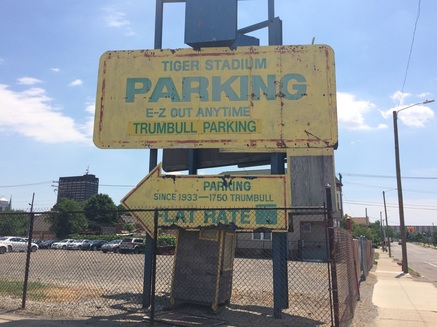
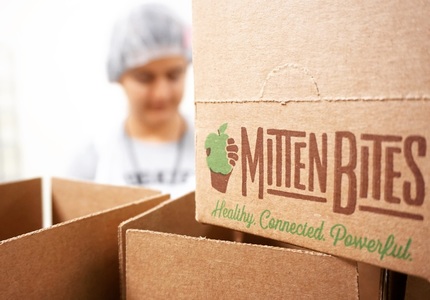
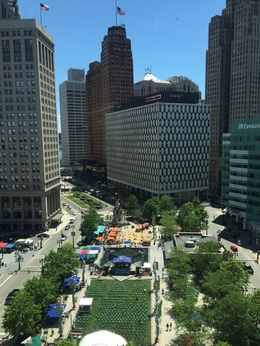
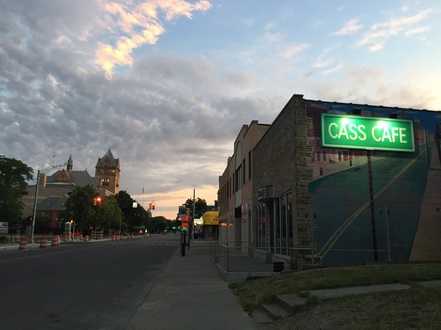
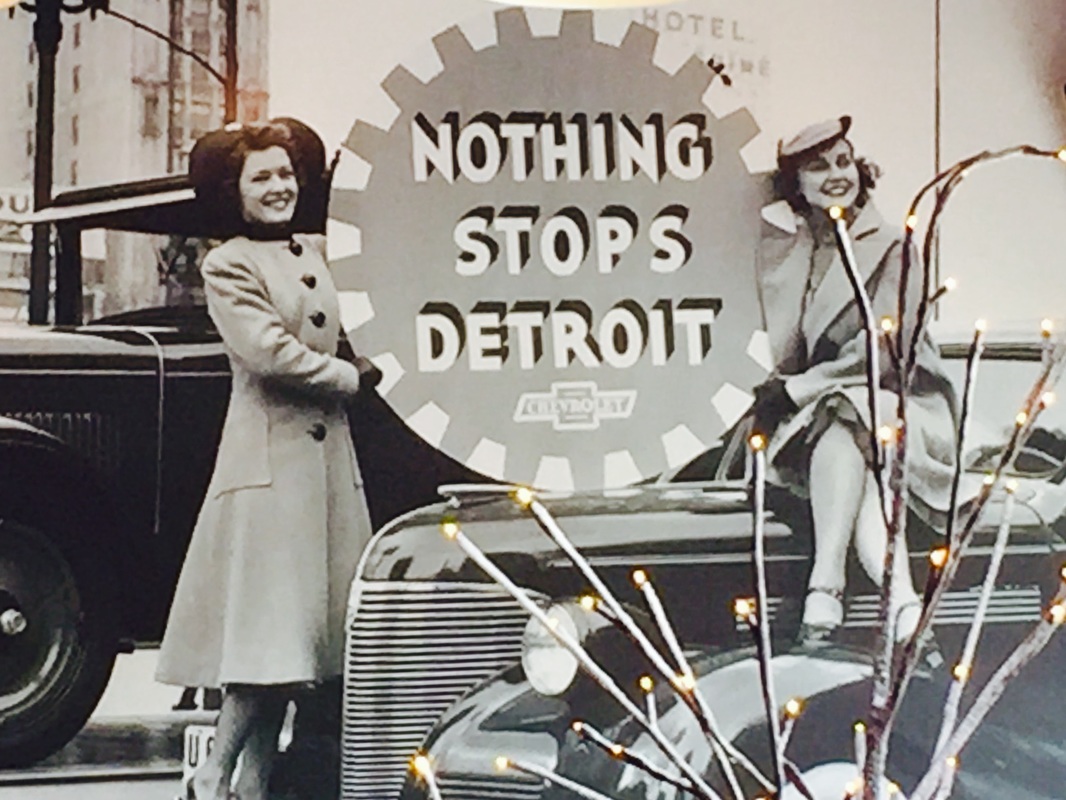
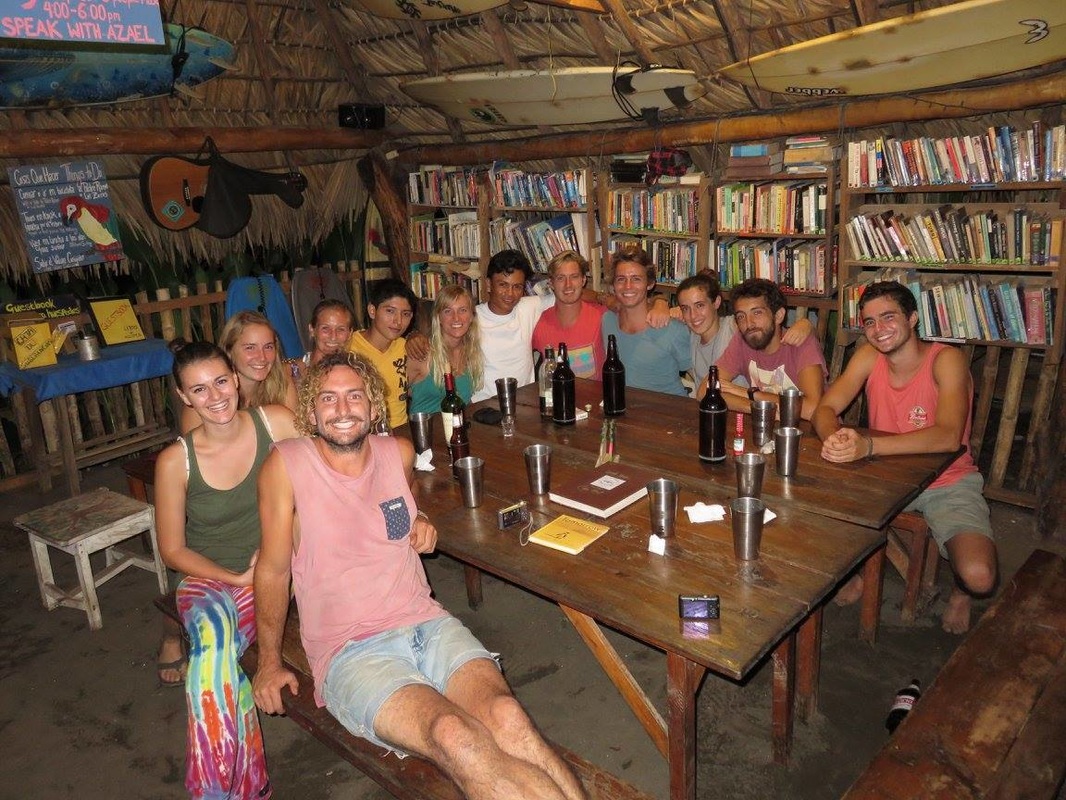
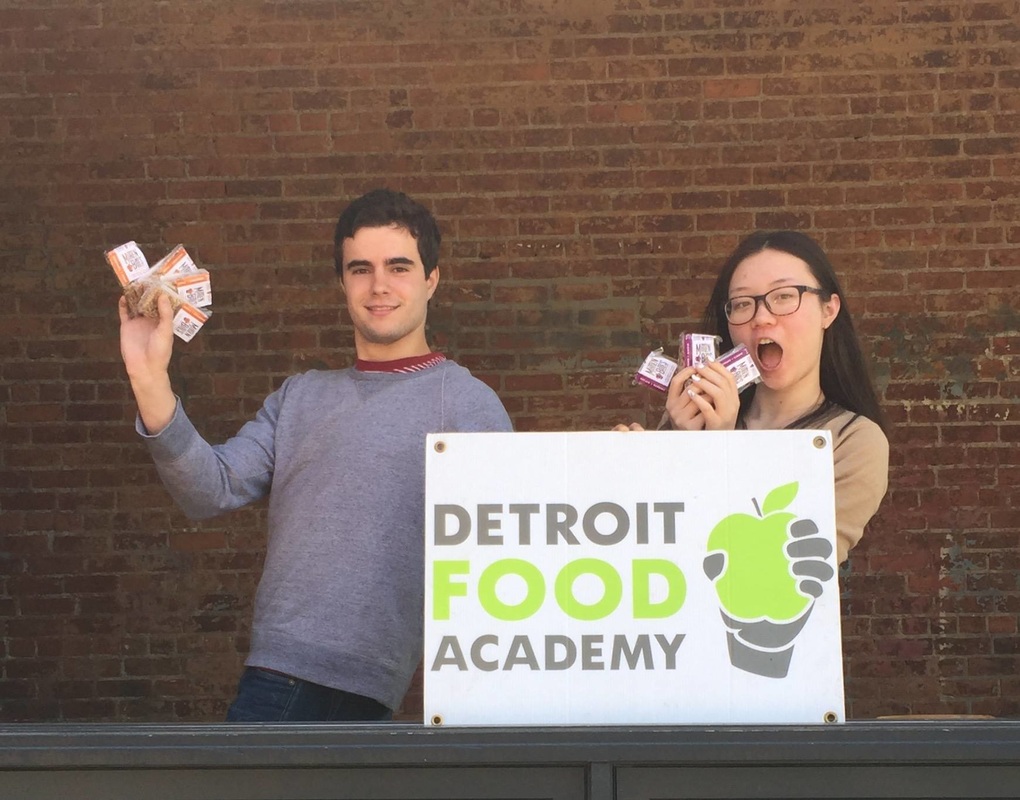
 RSS Feed
RSS Feed
